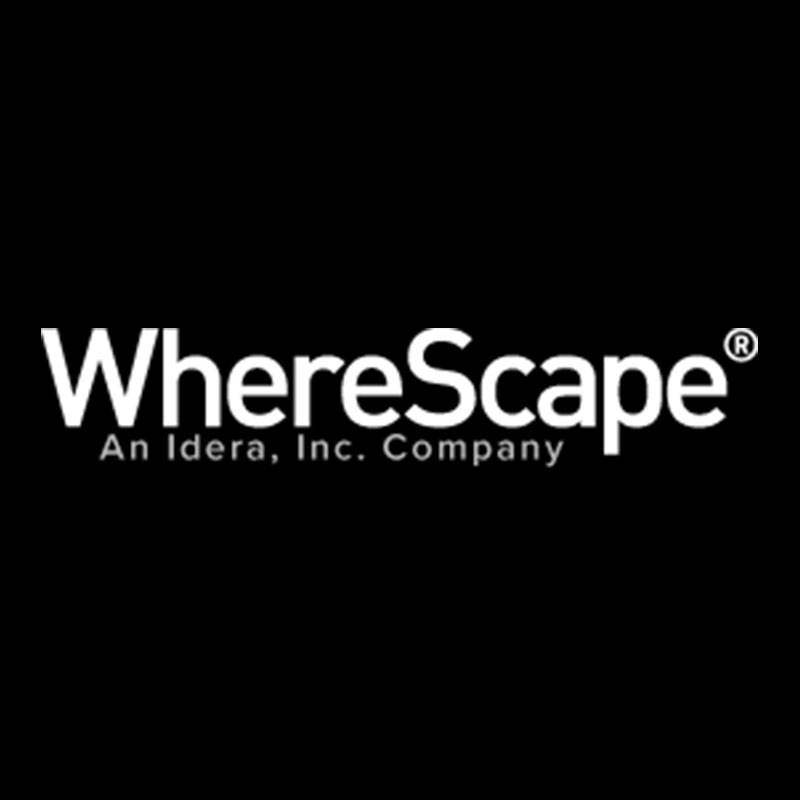Die Data-Warehouse-Automatisierungssoftware von WhereScape löst eines der größten Probleme der IT: Wie baue ich ein Data Warehouse mit Effizienz, reduziertem Risiko und langfristiger Rentabilität auf?
Mithilfe von Automatisierung, Vorlagen und integrierter Intelligenz steigert WhereScape die Produktivität von Architekten und Entwicklern, bietet Skalierbarkeit mit Standards und ermöglicht es Ihnen, die Kontrolle über Ihre eigenen Daten zu übernehmen und gleichzeitig die Zusammenarbeit zwischen IT und Unternehmen zu fördern.
Mit seiner umfassenden technischen Unterstützung, die praktisch jede Quelle, jedes Ziel und jede Entwurfsmethodik umfasst, hilft WhereScape Ihnen, Ihren Data Vault (oder jede andere Datenarchitektur) schnell und einfach zu entwerfen, zu entwickeln, bereitzustellen und zu betreiben.
Erstellen Sie Raw Vault, Business Vault und Star Schema in nur wenigen Minuten und profitieren Sie von Leistungs- und Qualitätsverbesserungen, indem Sie Hand-Offs, Toolwechsel und andere Fallstricke der handgeschriebenen oder teilautomatisierten Entwicklung reduzieren.
